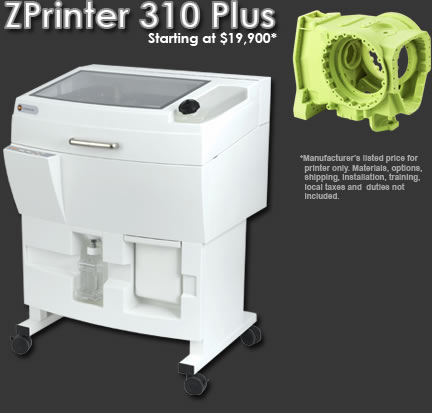The first method of printing we looked to for constructing the hull takes a computer rendering and uses plastic to create a physical model of the part. However, due to a backlog in machine usage, there was no FDM available for our initial timeline, forcing us to look toward alternative methods of printing.

It was always our intention to use the ZPrinter 310 Plus to create our propeller. The process to use the starch printer was actually relatively easy. We started by uploading the SolidWorks file into the 3D printing software which generated a triangulated pixel breakdown of the part. From there we just pressed start and watching it build before our eyes. In order to finish off the part we coated it in a layer of glue after we had plucked it from the chasm that was the bussom of the printer. This helped add structural integrity and element durability.
Upon consulting with our professor, we decided to manufacture the hull of the boat as well with starch printing. After following the same process as we had for the propeller, we expected it would be rapidly produced. When we returned to the machine to retrieve our part we were shocked to see it wasn’t there. After conferring with the machinist on site, we learned the printer had run out of adhesive. Without the adhesive, the starch was not able to adhere correctly to make the part despite the fact the machine believed it had completed the construction.
We then tried to return to using a new FDM machine which ended up having similar issues. Thus, despite our best efforts, the hull has yet to be constructed.
